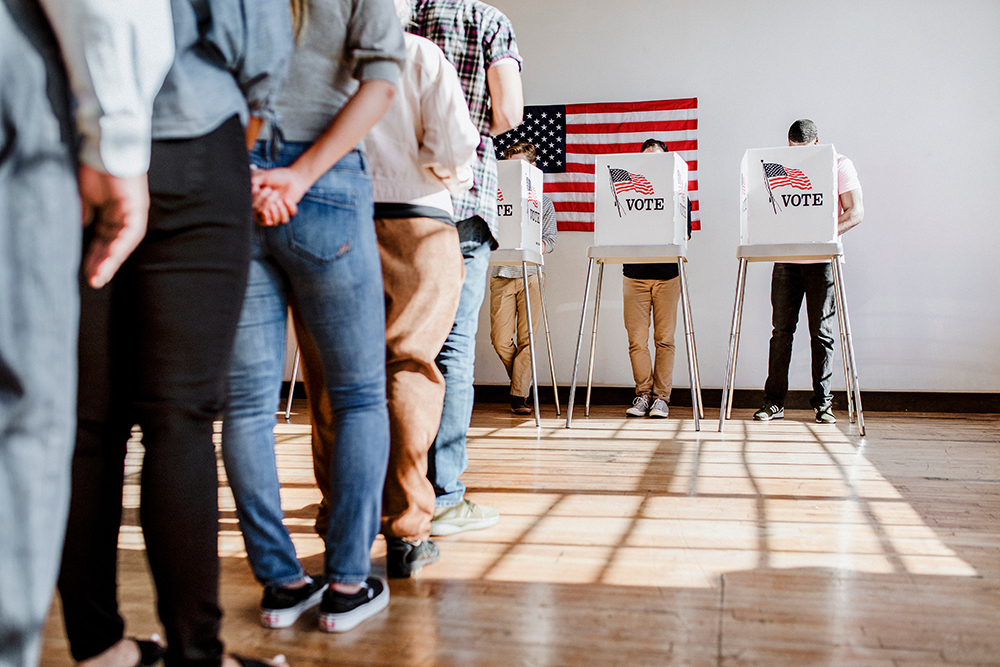The 2024 election season had its share of both suspense and drama.
That was certainly true of the quadrennial national election for president (arguably the most momentous one since the Civil War), which went down to the wire and frazzled millions of nerve endings before a winner could be discerned.
As all prognostications had it in advance, the presidential picture seemed headed for a resolution later than election night itself. Such opaqueness as lingered in the vote totals abruptly dissolved by the morning’s light, however. Shockingly, Donald J . Trump was back. With a vengeance.
At the center of the suspense had been the three so-called “blue wall” states of Pennsylvania, Michigan, and Wisconsin. It was presumed that a victory for Democrat Kamala Harris in all three of these habitually Democratic states would give her the presidency, but just barely. A victory for former GOP president Trump in any of them could drastically derail that prognosis. In the event, he appears to have won them all, as he did in 2016.
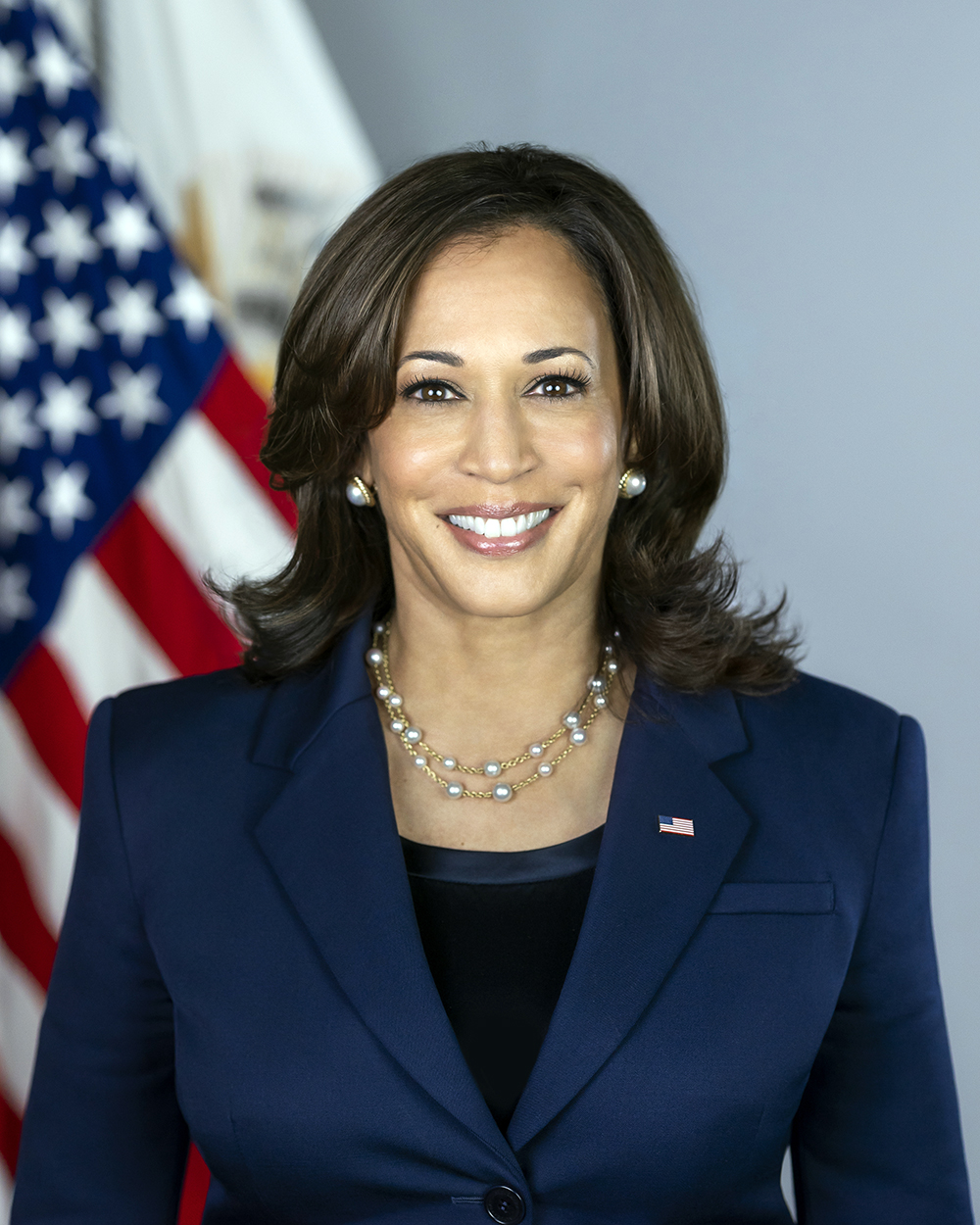
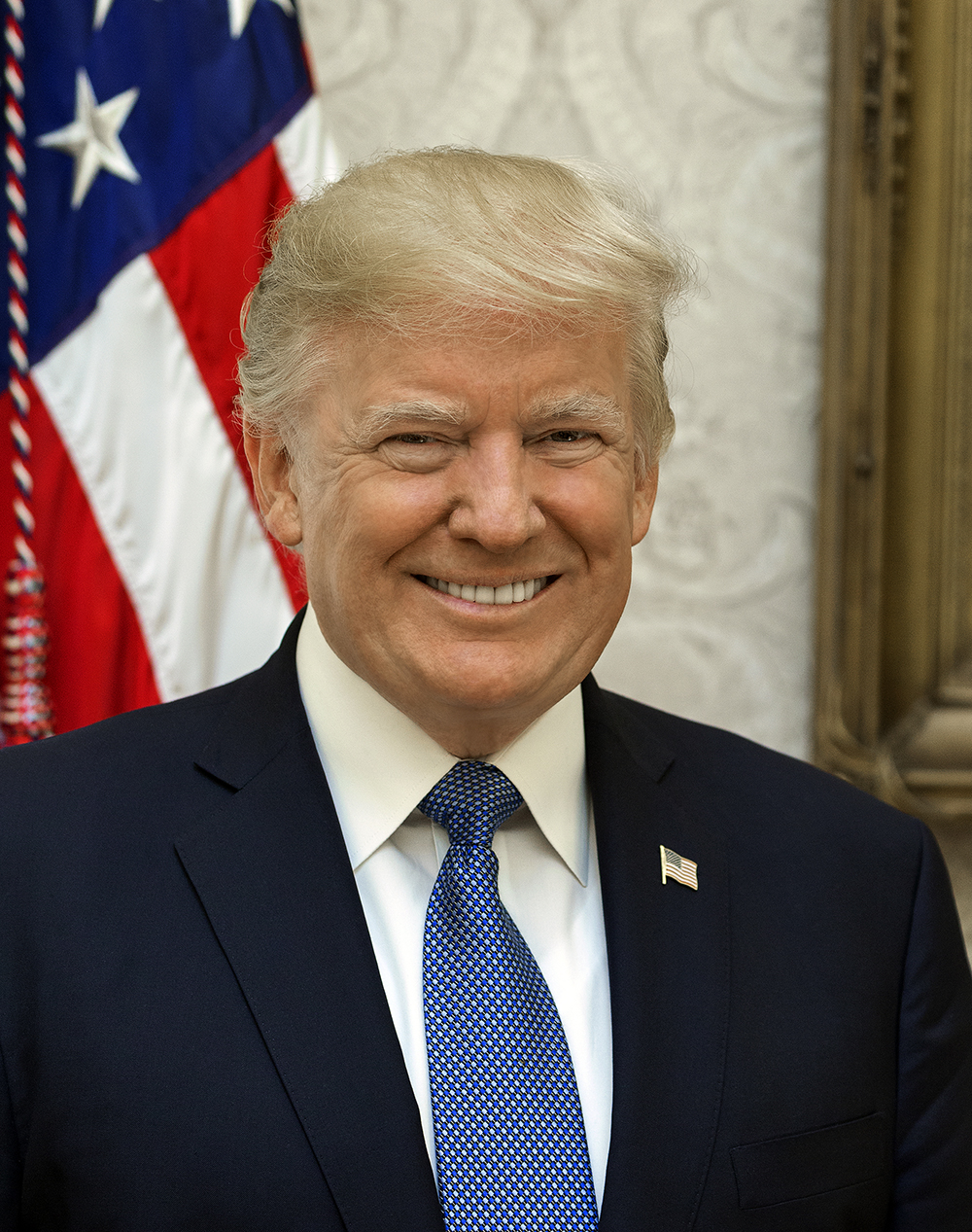
Nor was drama absent from the local side of the ballot. There is little prospect of the local results being challenged, as is always possible with the presidential numbers, but their effect may linger and, in some cases, simmer.
This is especially true of the series of referenda that Memphis voters were asked to pass judgment on. As of late Tuesday evening, election commission totals had all the referenda winning handily.
The most significant ones — the outcome of which was never much doubted — had set city against state and enraged the guardians of statehouse authority well in advance of the individual items receiving a single vote.
In brief, the offending referenda items of Ordinance 5908, asked city residents to approve (1) restoration of permits for the right to carry firearms, (2) a ban on the sale of assault weapons in the city, and (3) a “red flag” proviso empowering the local judiciary to confiscate the weapons of demonstrably risky individuals.
All of the items are “trigger laws,” to be activated only when and if state law should permit them.
Even so, the Republican Speaker of the state House of Representatives, Cameron Sexton, had made bold to threaten the city of Memphis with loss of state-shared revenues unless the offending referendum package — unanimously approved by the city council — was withdrawn from the ballot.
That was enough to make the Shelby County Election Commission blanch, but the council itself was not cowed and, led by Chairman JB Smiley Jr., sued to have the measures restored. Chancellor Melanie Taylor Jefferson obliged.
As did Memphis voters, in their turn. All three questions of Referendum 5908 passed by gigantic majorities of 100,00 votes or more.
Other referenda passed on Tuesday would: strike down the city’s existing ban of runoffs in at-large elections (Referendum 5884), impose a two-year residency requirement for Memphis mayoral candidates (Referendum 5913), and authorize the city council to determine the salaries of the mayor, council members, the city chief administrative officer, and division directors (Referendum 5893).
All in all, it was a good night for the referenda, as well as for the council itself. And, arguably, for the citizens of Memphis.
Perhaps predictably, the form sheet also held for elective offices, with incumbents of both parties doing very well indeed.

Republican U.S. Senator Marsha Blackburn held off a challenge statewide from Knoxville state Representative Gloria Johnson, her Democratic opponent, though in heavily Democratic Shelby County, Johnson was leading, 156,303 to 104,633.
Another Republican incumbent, 8th District Congressman David Kustoff led Democratic challenger Sarah Freeman by a 2 to 1 margin in Shelby County’s portion of the vote, 66,398 votes to 30,255.

Meanwhile, 9th District Democratic Congressman Steve Cohen was overwhelming his perennial Republican opponent Charlotte Bergman even more dramatically with vote totals in the county of 162,299 to 47,634.
On the legislative scene, the much-ballyhooed District 97 state House race saw Republican incumbent John Gillespie edging out his Democratic challenger Jesse Huseth, 15,859 to 14,600.
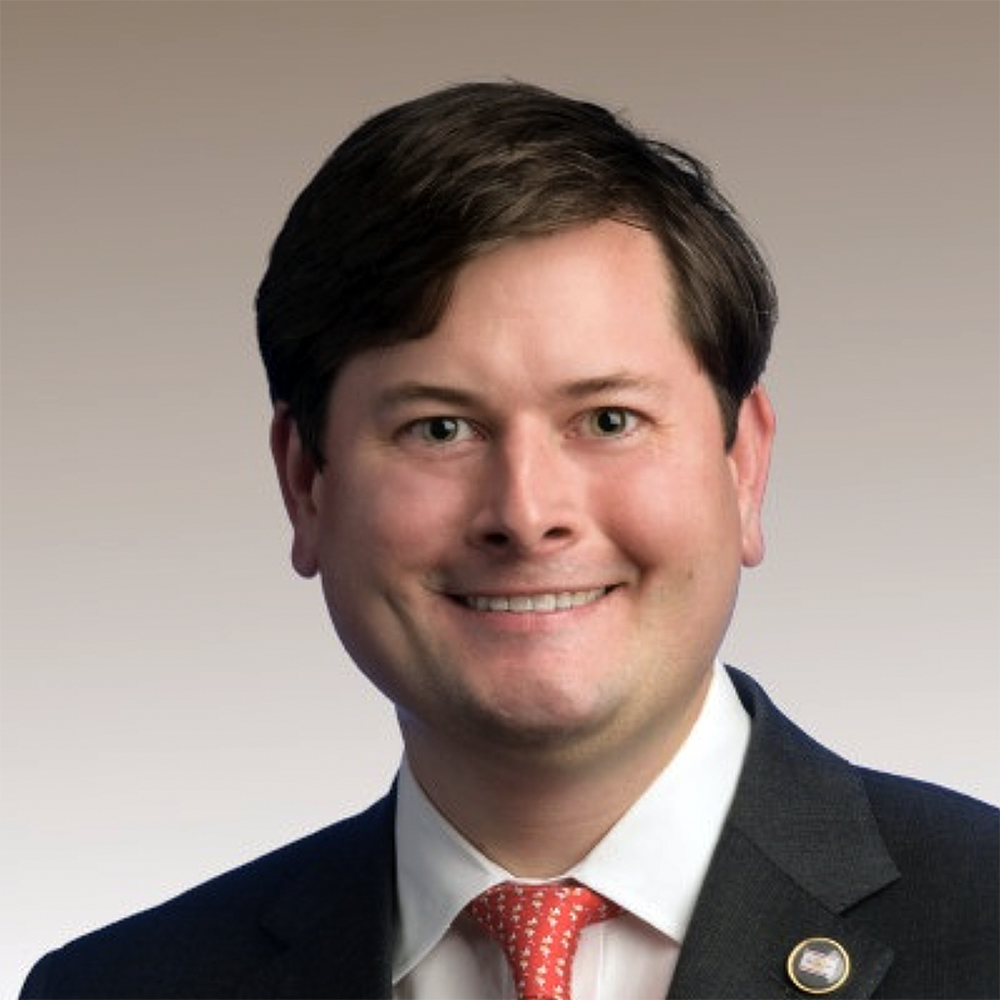
John Gillespie (Photo: Courtesy tn.gov)
And, in another state House race where Democrats nursed upset hopes, in District 83, incumbent Republican Mark White held off Democrat Noah Nordstrom, 19,283 to 13,713.
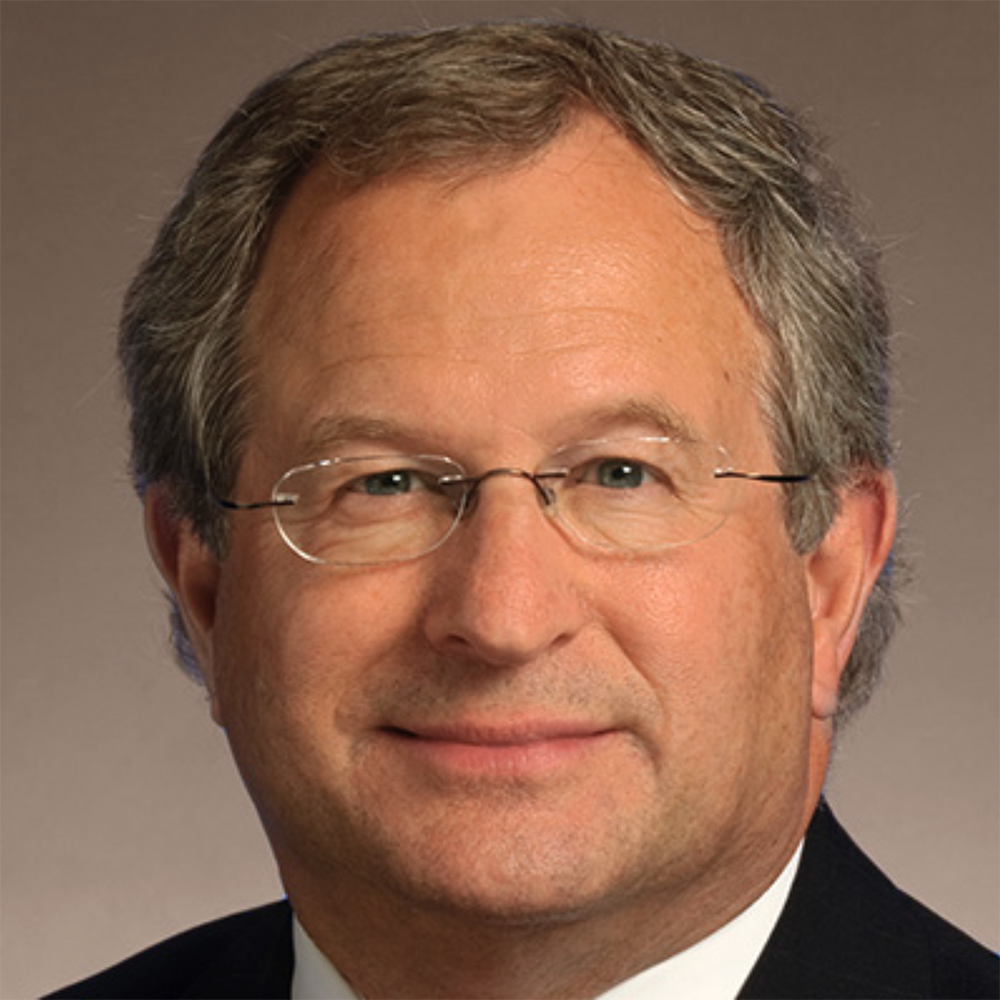
Most attention — locally, nationally, and even worldwide — remained on the showdown between Trump and Harris.
As late as the last weekend before this week’s final vote, the presidential race was being referred to as a dead heat, a virtual tie, a sense of things apparently corroborated by a string of polls in the so-called “battleground” states — the Rust Belt trio of Pennsylvania, Michigan, and Wisconsin; the Sun Belt states of Nevada and Arizona; and the competitive Southern states of Georgia and North Carolina.
A freakish outlier poll in the presumably red state of Iowa showing Harris with a last-minute edge over Trump in Iowa, though, was an indicator of possible unexpected volatility.
That the presidential race had even gotten so measurably close was a reflection of a political standoff in which halves of the nation had seemingly cleaved against each other in a variety of different and sometimes paradoxical ways.
This was not the same old story of Democrats versus Republicans. Both of those coalitions had undergone profound changes over the years. No longer was the “working class” (ditto, the “middle class”) to be grouped in a single body. Upward mobility had revised people’s notions of class, then stalled in such a way as to confuse them further. Generational change was rampant, and ethnicity was no longer a dependable metric for determining political attitude. Disagreement over social matters like gender identity and abortion policy had sundered the old divides.
The center could not hold. It was not only, a la Yeats, that the falcon could not hear the falconer. Social media and impatient ways had created multitudinous new sources professing to be the latter.
The nation’s two-party political system had atrophied to the point that, seemingly, neither was able to generate a dependable bench of A-list players. Donald J. Trump, the Republicans’ once and would-be future president, had come from the worlds of seat-of-the-pants commerce and TV showbiz to reign over a hodgepodge of time-servers, has-beens, and sycophants in his party, and Democratic incumbent president Joe Biden, a survivor of his party’s dwindling corps of traditionalists, headed up the Democrats.
That’s how things were at the end of the early-year primaries, and there were no few voices wondering aloud: Was that all there was, this uninspiring rematch of moldy oldies?
To give Biden his due, he had done his best to wreak from overriding political inertia some promising legislation, especially in the rebuilding of the country’s decaying infrastructure. To give Trump his due, he had recovered from a stupefying series of misdeeds, including, arguably, an aborted coup against the political system, to regain his political stature.
When the two met on a late-June debate stage on the eve of the two party conventions, the 81-year-old Biden, who had fared well in the earlier presentation of his State of the Union address, crumbled so visibly and profoundly that to many, probably most, observers, the presidential race seemed over then and there, especially when the 78-year-old Trump would go on to defiantly survive a serious assassination attempt two days before the opening of the GOP political convention in July.
But desperation in the Democrats’ ranks had meanwhile generated a determination to replace the compromised Biden at the head of the party ticket. Enough pressure developed that the incumbent finally, if reluctantly, had to yield, and realistically, given the lateness of the hour, the most feasible outcome proved to be that of elevating Vice President Kamala Harris, the erstwhile California senator and former prosecutor, in Biden’s stead at the Democratic convention in August.
Once the matchup between Trump and Harris got established, it quickly settled into an even-steven situation, a kind of free-floating draw in which the two sides always stayed within reach of each other.
From the Democratic point of view, this would seem something of a miracle. Nikki Haley had based her runner-up GOP presidential race on the conceit that a female could win the presidency, either herself or, with the aging Biden still a candidate, his vice president, Harris, still regarded at that point as a nonentity. It was Haley’s way of mocking the opposition.
Indeed, even in Democratic ranks, Harris was long seen to be something of a liability, a drag on the ticket. That this was due to the way she had been used — or misused — by the incumbent president (in the ill-defined role of “border czar,” for example) became evident only when she was freed to become her own person.
On the stump in her own right, she proved to be a natural, with unsuspected reserves of charisma and an appeal that was fortified by her selection of the pleasantly homey governor of Minnesota, Tim Walz, as her running mate. (Trump’s choice as potential veep, the edgy Ohio Senator JD Vance, was clearly head-smart and acceptable to Trump’s base among the MAGA faithful but kept bumping up against his own innate arrogance.)
The change in tone among the Democrats was almost instantly evident. It came to be symbolized in the concept of “joy” and in Harris’ slogan, “a new way forward.”
While coming across as a certifiable New Thing, she was also able, credibly, to posit herself as the defender of constitutional values against the alleged schemes by the usurper Trump to override them in the interests of personal power.
“We are the promise of America,” she would say, uniting her own purpose with those of her audience members.
Against this, against Harris, the ebullient rock-star presence on stage, Trump seemed buffaloed. In his fateful June debate duel with Biden, he had seemed vital, a hurricane of restless energy hurling scorn and unchecked charges at his befuddled opponent. Now it became more and more obvious that he, too, was a near octogenarian, with no new promise of his own to offer.
The shift in positions was fully demonstrated, post-conventions, in the follow-up debate with Harris when, matador-like, she had baited the bullish Trump with mockery of his rallies (which, in fact, were becoming more and more disorganized and less and less focused and empty of real content). His red-eyed response, that Haitian immigrants were eating the dogs and cats of Middle Americans in Ohio, was perfectly framed for the television audience by the split image of Harris’ gleeful wonderment at this out-of-nowhere non sequitur.
It was not long afterward that Harris’ progress was slowed somewhat, as much by a petulant media’s insistence that she submit to interviews as a sign of her seriousness as anything else. Dutifully, she did, and emerged with appropriate talking points — a middle-class tax cut, subsidies for small business and new housing starts, and legislation to suppress price-gouging. These would become highlights of the “to-do” list which she would juxtapose against what she characterized as the brooding Trump’s ever-multiplying enemies list.
It became a cliche of press coverage that the former president’s seething ire at an imagined “enemy from within” was displacing what his would-be handlers wanted him to discuss — a supposedly intractable inflation and the pell-mell overcoming of the nation’s borders by a horde of illegal invaders. Both menaces, as it happened, were in something of an abatement — the former by a plethora of relatively rosy economic indices, the latter by fairly resolute, if delayed, executive actions taken by the lame-duck president in the summer and fall.
What Trump’s audiences were getting on the stump instead was the overflow of his ever more naked id, a witches’ brew of resentment and machismo — insults against his adversaries, threats to use the machinery of government against them, and improvisations on themes ranging from Arnold Palmer’s junk size to nostalgia for “the late, great Hannibal Lecter.”
Partly, this was due to what Harris characterized as her opponent’s presumed “exhaustion,” but partly, too, it was Trump’s instinctive reliance on what had always been the source of his appeal, an exposure of pure personality, a willingness, for better or for worse, to let it all hang out, to be The Show, a cathartic vehicle for release of his followers’ emotions.
It was this penchant, after all, that had allowed him to sweep past a stage full of practical Republican politicians during the primary season of 2016 and, later that year, to surprise the calculating and overconfident Hillary Clinton at the polls.
GOP eminences — even those who, like Senate Republican Leader Mitch McConnell, despised Trump, or, who, like senators Marco Rubio and Ted Cruz, had been vilified by him, learned that they were no match for his carnival-like presence and resolved to use him for their own purposes, only in the end to be used by him instead for his.
It remained a fact that, for all his defects, real and imagined, Trump was able to sustain a plausible hope of regaining the office he had lost to Biden in the pandemic-inflected campaign year of 2020.
And, beyond the presidential race itself, Republicans still nursed hopes of holding onto their slim majority in the House of Representatives as well as of capturing the Senate outright. At stake were such matters as healthcare, climate change, and reproductive policy domestically, as well as of meeting the economic challenge of China and in the conduct of foreign policy in the Middle East and vis-a-vis Russia in its challenge to NATO in Europe.
